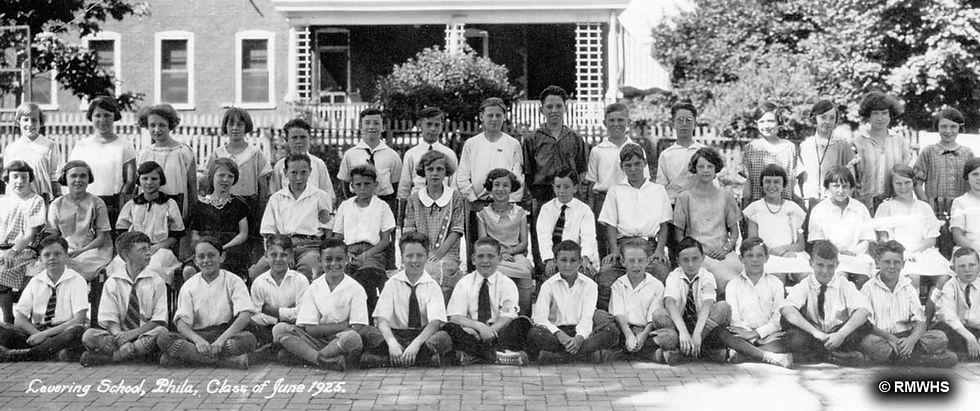Maps -- A Snapshot of History
- Georgie Gould
- Aug 1, 2021
- 3 min read
If a photo can say 1,000 words -- how many can a map say?

Perhaps not as many as a photo?
Perhaps a great deal more?
Or maybe maps just say it differently than a photo -- like the weathered old cowboy in the western movie who says it all with a simple grunt. Or maybe like the old cowboy, it is what is not shown on the face of a map that tells us far more in the end.
In any case, for map adventurers like me who like to travel historical paths and streets found on these documents, discoveries on a map are often exciting. What is found on a map can confirm a theory or ignite an interest to pursue an area of reading/research we'd previously not considered.
In fact, while some maps may lead you to a treasure, I feel a map that introduces a new mystery and propels me off on a fact-finding historical hunt is a treasure in itself.
Consider these map snippets that have surprised folks and the questions they've raised ...
1752 Map: Philadelphia and Parts Adjacent
Where's the Manayunk Bridge?
Why is there a ferry at the base of the "Wifsahiccon" -- and what's with the spelling?
Why does it say Germantown and not Chestnut Hill?

1863 Map: Reconnaissance of the Approaches to Philadelphia showing the positions and lines of defence on the north front of the city
Does the map really show positions and lines for defense of Roxborough during the Civil War?
Are those strange marks fortifications in Roxborough?
Were troops stationed here?

1869 Map: Map of the Survey of Wissahickon Creek from its Mouth to Paul's Mill Road Defining Boundaries of Land Appropriated by the Commissioners of Fairmount Park
Were there really vineyards along the Wissahickon?
Was "Wissahickon Turnpike" a toll road?
Did it become Forbidden Drive? If so, when?

I invite you to take a few minutes (or if you're like me, a few hours) to check out the digital collection of historical maps that have been assembled to compliment the physical map collection in the RMWHS Archive. Some of the digital maps selected are worn and torn and worse for their years -- just like that old cowboy. Many are as interesting to look at for their weathered features as their hand-drawn content. Some of the maps are nearly pristine, detailed, and even full of color with buildings, structures, and landmarks all noted. (One of my personal favorites is Gorgas Park drawn by a landscape engineer in 1939. It is a simple map, but graceful in form and worthy of display in my humble opinion).

Some of the maps barely indicate Roxborough, Manayunk, or Wissahickon on them, but each map included in this collection tells a small part of a greater story. If you're not a map person -- or you are GPS dependent and never held a map in your life -- I beg you to at least look at these images as pieces of art. You can marvel at the mathematics or magic used to create them long before a plane could fly over or even a hot air balloon could go up and take a peek.
I hope you enjoy the collection. If you find a map you love or want to examine more closely, follow the source link provided with each one. The link will take you directly to it on the Library of Congress or the Free Library of Philadelphia website where you can take advantage of the powerful zoom features. Also, many these maps can also be downloaded from the source institutions in a variety of formats. Go forth and explore ... and Happy Trails! Georgie Gould RMWHS Webmaster



Comments